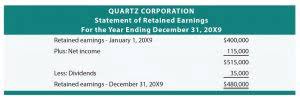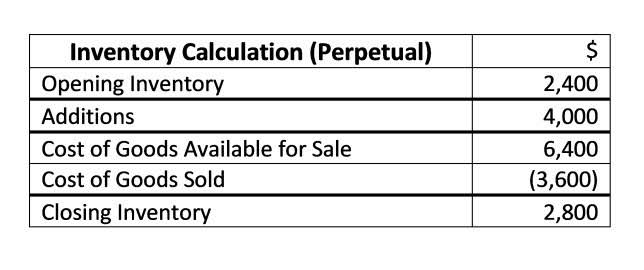
And Apple Inc believes that outstanding debt is unrecoverable and is a bad debt now. When you sell a good to a customer, you’re getting rid of inventory. And, you’re increasing your Cost of Goods Sold (COGS) Expense account. Your Accounts Receivable total should equal the sum of your Sales Tax Payable and Revenue accounts. Goods are denoted as ‘Purchases A/c’ when goods are purchased and ‘Sales A/c’ when they are sold.
What is the Sales Journal Entry?
But before we get our hands dirty, let’s make sure we’re on the same page about what what is a sales journal cash sales are and the basics of journal entries. Sales credit journal entry is vital for companies that sell their goods on credit. Incorrect amounts in journal entries, whether from simple calculation errors or typos, can significantly distort your financial data. Misinterpreting transaction details is another common source of errors. If you’re unsure about the specifics of a transaction, always refer to the source documents, such as invoices or sales receipts. For example, accidentally recording product sales as service revenue can skew your financial reporting, as pointed out in HubiFi’s Journal Entries Revenue Guide.

The Purchases Journal
In the next section, we’ll talk more about what each debit and credit means for the sale entry. Match each of the transactions in the right column with theappropriate journal from the left column. At the end of the day, depending on how your operation is run, your report will show that your staff will either owe you money or, if they cash out tips daily, you will owe them money. Recording restaurant sales using my ‘daily sales’ method is actually straightforward. For those that already have an operational restaurant, simply modify based on the forthcoming information. At first glance, tracking everything that is going on in multiple cash registers or point of sale (point of sale) kiosks can seem complicated.

Accounting Ratios
- Still, the accounting treatment for both the transactions is the same, and mostly the same account is used to record both types of transactions.
- Sales revenue journal entries have a direct impact on your financial statements.
- As we can see from the journal entries above, the seller should debit the exact amount of return to the revenue account or the sales return allowance account once the sale is returned.
- And, enter the cash transaction in your sales journal or accounts receivable ledger.
- Accurately recording sales revenue is crucial, but it’s equally important to handle adjustments like returns, discounts, and allowances.
Note there isa single column for both the debit to Accounts Receivable and thecredit to Sales, although we need to post to both AccountsReceivable and Sales at the end of each month. There is also asingle column for the debit to Cost of Goods Sold and the credit toMerchandise Inventory, though again, we need to post to both ofthose. Some companies may not have sales returns and allowances account for some reasons, e.g. they do not have many transactions, so it is not worth keeping track. In this case, the company usually directly debit sales revenue and credit accounts receivable to reverse the original sale transactions when there are sales returns. Record your cash sales in your sales journal as a credit and in your cash receipts journal as a debit.

Being the prompt payer he is, Mr. Michael pays you in cash on the spot. Generally, interest on capital is an appropriation of profit, which means in case of loss, no interest is to be provided. Hence, debit the Profit and loss appropriation A/C and credit Interest on capital A/C at the time of transferring Interest on Capital. Example Part 1 – Interest income of 2,500 related to the current year is due on the balance sheet date. The term “prepaid expenses” refers to expenses that are paid before the actual due date. Example Step 1 – Electricity Expense of 1,000 is unpaid on Accounts Receivable Outsourcing the balance sheet date.

Deferred Revenue:
- You’ll need to use multiple accounts to show that you received money, your revenue increased, and your inventory value decreased because of the sale.
- You must record your business transactions in your books of accounts as long as your business is operating.
- Apart from the cost incurred in purchasing the goods, any additional expenses like Carriage, Import Duty, etc is also paid.
- These inventory/goods need to be stored and recorded in the warehouse.
- It is the Principal book of Credit Sale Transactions, and the information recorded in it depends on the nature and requirement of each business.
Non-VAT-registered taxpayers are only required to register four books accounts. On the other hand, VAT-registered taxpayers must register all six books of accounts. This is the fixed assets most advanced method of recording your accounting entries.

